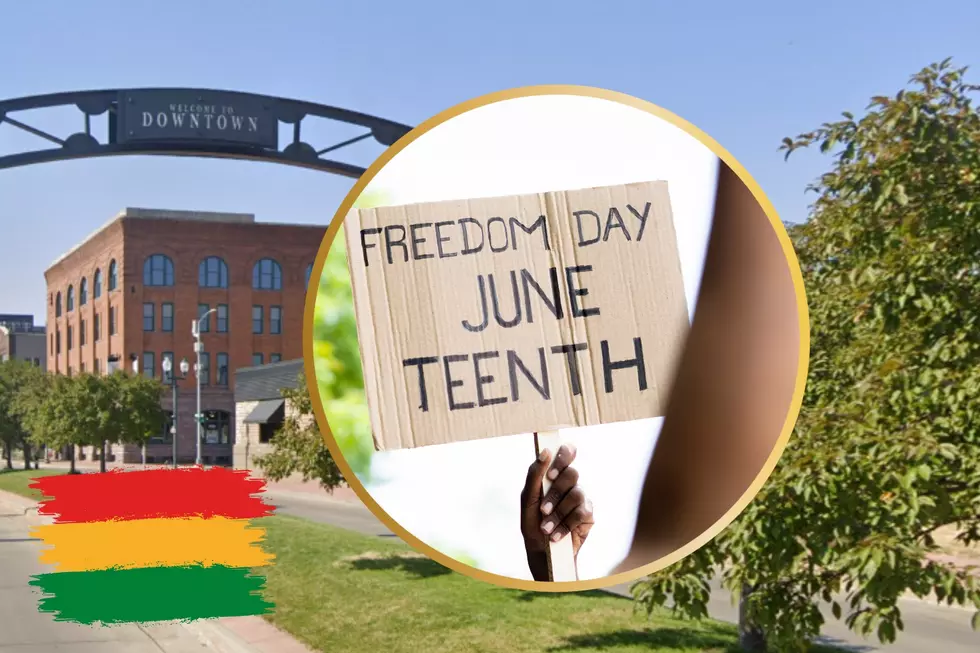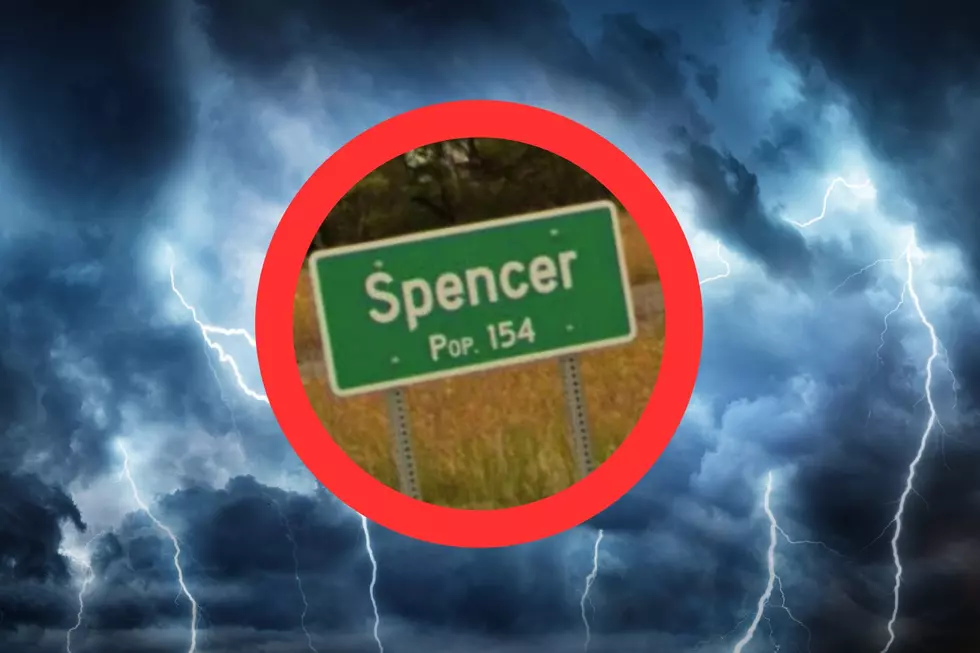
Tour of South Dakota Historical Markers: The City Of East Sioux Falls
I always see those South Dakota historical markers around. They are a great way to learn about the history of a particulate area of South Dakota.
The markers are along the highway or parks and I always enjoy reading them, when I can. Often I don’t get a chance to because I’m speeding by on a trip or on some surely important errand. So, I found a collection of the text of all the markers in South Dakota from the South Dakota State Historical Society and want to share some of them with you here. I’ll start with the markers in Minnehaha County and move on from there.
The City Of East Sioux Falls
Located in Minnehaha County, East from Sioux Falls on SD 42, west side of Big Sioux River Bridge. Erected in 1994.
“From 1887 to about 1913, this area, bordering the Big Sioux River, was the thriving community of East Sioux Falls. The city boasted a hotel, several boarding houses, saloons and retail stores, a town hall, a cricket team, at least three church congregations, many modest homes and a population of almost 600. Founded by C.W. Hubbard, the city was first called Ives. It was a company town set up to quarry the great deposits of Sioux quartzite and to cut the stone into paving and building blocks. When the post office was established in 1888, Ives was renamed East Sioux Falls. The new name may have sounded more suburban to those courting eastern investors.
The city prospered. Large quantities of stone were shipped by the Illinois Central Railroad to Detroit, St. Louis, Chicago and other distant cities. Sioux Falls and other area communities also used the stone in many magnificent examples of 19th century architecture.
The city prospered. Large quantities of stone were shipped by the Illinois Central Railroad to Detroit, St. Louis, Chicago and other distant cities. Sioux Falls and other area communities also used the stone in many magnificent examples of 19th century architecture.
The industry attracted Welsh, English and Scottish stonecutters and their families. Their number soon outgrew the housing provided by the company. Many moved to Sioux Falls and Rowena, as East Sioux Falls bore a striking resemblance to a mining boomtown. Unlike its quiet, sedate neighbors, East Sioux Falls had a bawdy, wide-open appearance, where drinking, fighting and carousing were more than occasional diversions.
The work of the stonecutters was highly skilled but dangerous, for they risked contracting a lung ailment from breathing the fine ‘Jasper dust,’ a residue of the cutting process. Many cutters died young or were severely disabled by the ‘stonecutters’ consumption.’ In the summer of 1890 South Dakota’s first electric railway, the South Dakota Rapid Transit and Railway Company, made its maiden run between Sioux Falls and East Sioux Falls. The electric line carried cutters to and from the quarries, while others took the ‘trolley’ out to East Sioux Falls on weekends and holidays for picnics in the wooded park along the river, or just for the fun of the ride. On July 4, 1892, 3,500 revelers flocked to the park to be entertained by bands, songs, skits and sports.
The financial ‘Panic of 1893’ and growing competition from other materials led to decreased demand for the more elegant, and more costly, quartzite. By 1910, the quarries were producing only a small amount of crushed rock for concrete making. In 1913, the town government self-dissolved. By the 1950s, a store was the only business left, and in 1991 the remaining houses, empty shells, were razed. Once vibrant, now silent, all that remains are some railway spurs, empty quarries, the base for a crusher, stone foundations and the past. Erected in 1994 by the Minnehaha County and South Dakota State Historical Societies and Mary Chilton DAR Foundation”




